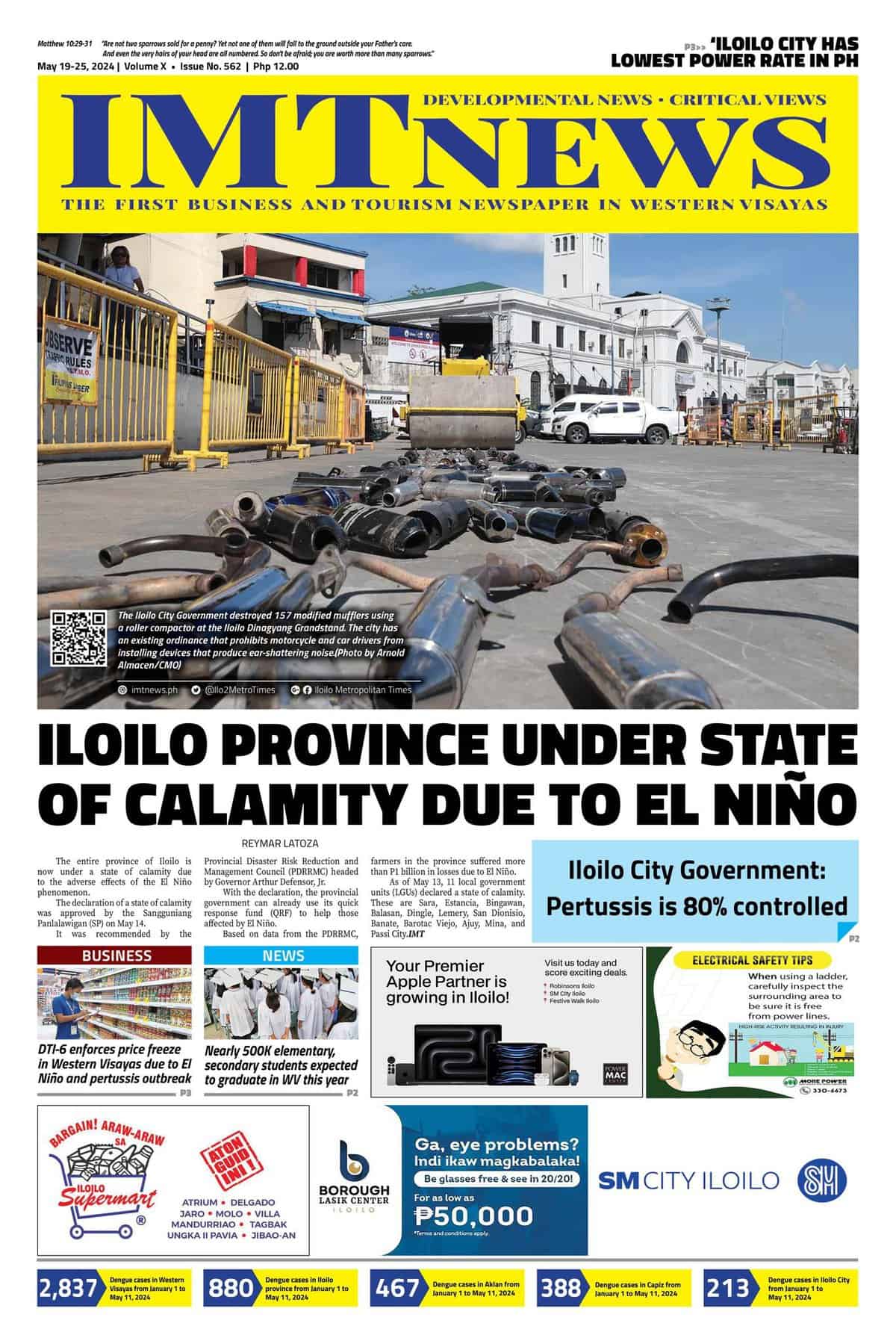Call it a first and extraordinary Christmas vacation. Last Christmas, I made the ultimate decision of spending it outside the country and experiencing winter. Of course, the limitation of what I can spend mattered so the winter experience should not be from another continent and with the help of a monthly payment scheme of the travel agency, I finally spent my Christmas break in South Korea.
It was my first out of the country trip, my first Christmas outside the country and yes my first winter. Luckily, as the South Koreans say, it’s an extraordinary Christmas Eve and Christmas Day since it rained snow in Seoul after twelve long years. I must say it’s a fantastic experience. Imagine at this middle age I had the chance to finally experience what winter is and walk through the snow while snowflakes drop from above. I had the privilege of lying down in the snow-filled park and molding my snowballs for the first time. It’s not too late to be a child anyway as I was telling myself that nobody knows me anyway.
But the trip made me realize a few yet very important things, tourism and economics wise. I mean you can’t close your eyes on the subtle things being offered as part of the tour while enjoying the new environment. South Korea’s perspective of tourism is not merely or simply about the winter, cherry blossoms during spring, their centuries old palaces and traditions and spicy food. They make sure that their industries, products and even malls are subtly required to be part of every tour and that tourists are given short briefings before being subtly pushed to spend their money for every product they are selling. In fact, we were only given at least thirty minutes to look around a traditional village around Seoul while at least two to three hours are being spent inside the production areas of skin care products, seaweeds products, ginseng products, red pine products and a half day was in fact allotted to a visit inside an old mall.
I can even say that a good 65% percent of our guided tour was spent on plant visits and sales pitches to encourage the tourists to patronize and buy the products. When I was expecting to visit historically and culturally significant places, I saw myself sitting inside a customer briefing room of ginseng and red pine products being promoted as apparently products Koreans can’t live without as it promotes good health and well-being and since Koreans live longer, we tourists must also buy and consume when we go home. Interestingly, the one briefing us is a Filipino employee. The doubter in me made me leave our briefing room a bit and Voila! in another room where Chinese tourists are sitting, a Chinese employee is making a pitch for them.
All as in all tourist buses are somehow required or scheduled to visit the said plants and showrooms. One afternoon, I found myself standing and listening to a briefing and sales pitch about a particular brand of facial care products which made me wonder why such a thing was made an important part of the tour. Poor senior citizens who were part of our group. They were treated to a time of convincing on how they can transform their faces to look young by using such products. And you know what’s interesting? All the tourist buses loaded with tourists from different countries are taking turns unloading their guests downstairs. I mean, whether you like it or not, a tour in South Korea would include such visits in the itinerary. Perhaps, it’s even required.
Even so, my reaction is more of being amused than pissed. It’s a different environment anyway. It’s just funny because we were brought to a place where we were taught how to make kimchi. After a while, the “teacher” in her traditional Korean dress brought out at least ten variants of processed seaweeds and a few more food products in their production line and started making her sales pitch. It actually made me think that the kimchi thing was just an act or a camouflage to sell the processed seaweeds. After all, it was not a kimchi factory but a seaweed factory. (To be continued)








